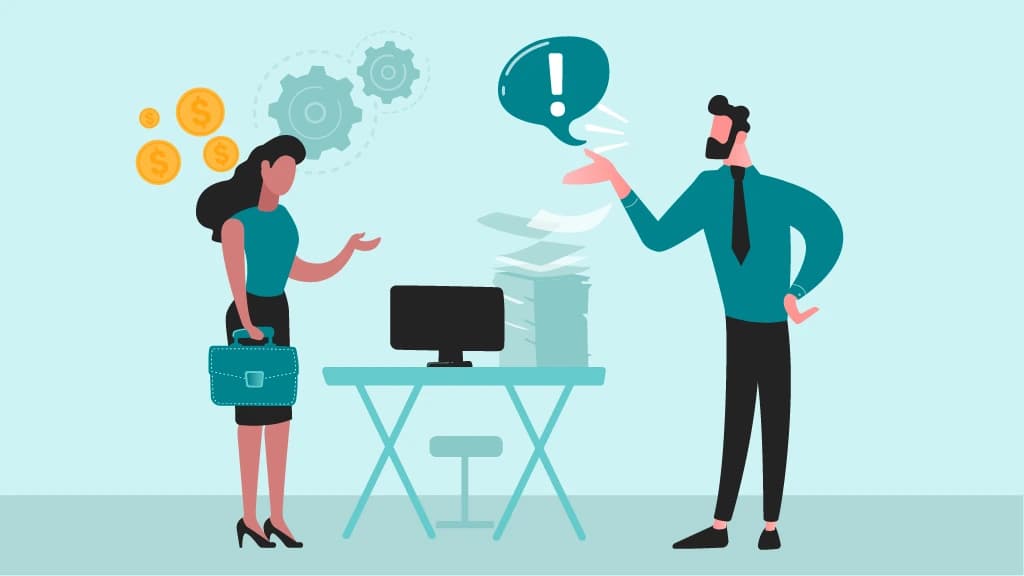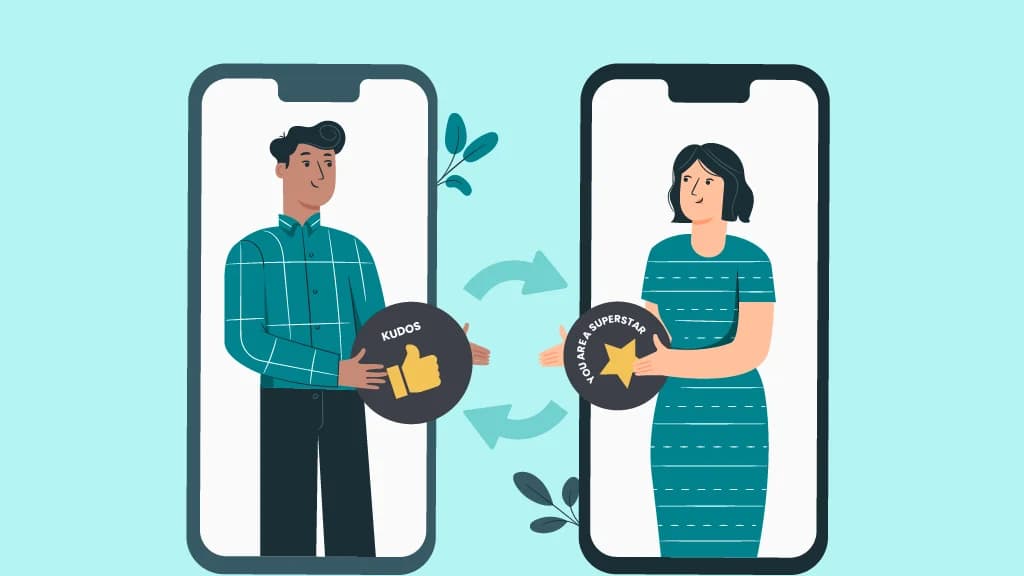
As we move through the middle of the year, many organizations start to feel the effects of the “mid-year slump,” a standard dip in motivation, focus, and overall engagement. Left unaddressed, this lull can impact both retention and performance.
In this blog, we’ll explore how timely, thoughtful rewards can break the monotony, re-energize teams, and keep motivation levels steady through Q2 and Q3.
Understanding the Mid-Year Slump
- Increased fatigue and decreased enthusiasm: Employees may feel drained from the continuous efforts put in during the first half of the year.
- Reduced participation in team activities: There might be a drop in voluntary engagement in meetings, workshops, or social events.
- A noticeable decline in productivity: Output levels may dip as motivation wanes.
- Missed goals or targets: Disappointment from unmet expectations can dampen spirits.
- Summer distractions and vacations: The allure of summer activities and vacations can divert focus from work.
- General fatigue from routine tasks: The monotony of daily tasks without significant milestones can lead to disengagement from work.
Strategic employee rewards play a pivotal role in breaking this cycle, offering a much-needed boost to morale and engagement.
Characteristics of Slump-Busting Rewards
To effectively combat the mid-year slump, rewards and recognition should be:
- Timely and unexpected: Surprise elements can significantly enhance the impact.
- Personalized and relevant: Tailoring rewards to individual preferences shows thoughtfulness.
- Low effort, high impact: Simple to implement but meaningful in effect.
- Reinforce purpose and team spirit: Highlight the value of each team member and their contributions.
20+ Reward Ideas That Work
Recognition-Driven Rewards
- Digital appreciation wall: Create a virtual space where employees can be spotlighted for their contributions.
- Instant e-gift cards: Offer these to peer-nominated MVPs as a token of appreciation.
- Curated milestone recognition: Utilize platforms like AdvantageClub.ai to automate and personalize employee recognition based on individual milestones.
Experience-Based Rewards
- Surprise long weekend: Grant an unexpected day off to recharge.
- Team lunch credits: Provide credits for virtual or remote team lunches.
- Skill-building classes: Offer sessions in activities like pottery or mixology to foster new skills and relaxation.
Peer-to-Peer Incentive Ideas
- “Pass the Kudos” chain: Implement a weekly recognition chain where employees nominate each other for small rewards.
- Monthly appreciation raffle: Enter those who give recognition into a raffle for a chance to win prizes.
- Virtual gratitude circles: Organize sessions where team members can express their appreciation for one another.
Wellness-Driven Rewards
- Mental health day: Offer an additional day off focused on mental well-being.
- Fitness or mindfulness app subscriptions: Provide subscriptions to popular wellness apps.
- Company-sponsored meditation sessions: Arrange group sessions to promote relaxation and mindfulness.
Performance + Effort-Based Rewards
- “Mid-Year Comeback” badge: Recognize employees who have shown significant improvement.
- Goal recommendation bonuses: Offer micro-incentives for reaffirming commitment to personal and team goals.
- Shout-outs for engagement: Highlight those with the most improved engagement scores in team meetings.
Fun and Culture-Centric Rewards
- Theme days: Organize fun theme days with prizes for the best participation.
- Slump-buster surprise boxes: Send out boxes filled with wellness products and treats.
- Team storytelling challenge: Host a challenge where team members share stories, with recognition rewards for participants.
Maximizing Impact with AI-Powered Rewards Programs
In order to make employee rewards effective and equitable, using an AI-based reward program is revolutionary. This is how technology can create a revolution in reward effectiveness and distribution:
- Use digital platforms for visibility and convenience: Technology platforms can enable rewards distribution to become automatic, such that it can be accessed easily by managers and employees. Digital platforms bring the rewards to visibility to the entire organization, making it more visible and transparent.
- Pair public incentives with internal rewards: An AI system can assist in balancing public reward and internal reward. For example, while an employee is praised in public in front of a staff meeting, an individual reward or message can also be awarded to them.
- Allow employees to select from tailored reward lists: AI may offer personalized reward choices based on individual preferences and history, and employees can select rewards that they like most. This tailoring enhances perceived value and the effect of the rewards.
- Identify dips in morale: Advanced analytics can spot dips and trends in performance and morale among employees that happen over time. Through the evaluation of data points like levels of engagement, productivity, and feedback, AI can identify early warning signs of a dip.
- Recommend reward timing: Artificial intelligence can make recommendations for the optimal timing of rewards based on patterns of behavior and history. This means rewards will be given when needed most and will be most effective.
- Automate reward reminders: AI applications can trigger automated reminders to managers to reward and appreciate effort on a regular frequency. These reminders ensure that there is a consistent culture of appreciation, and none of the efforts go unrewarded.
Mid-year dips are a natural part of the work cycle, yet they don’t need to be performance-sapping. Clever, on-time rewards can sustain energy and morale. Think about supplementing with intelligent reward solutions, like AdvantageClub.ai, in order to make the process more scalable, easier, and more individualized. In turn, you can get your team members involved and maintain them engaged and active for the full year.






